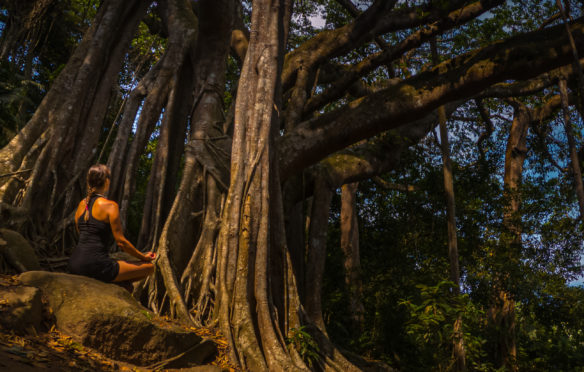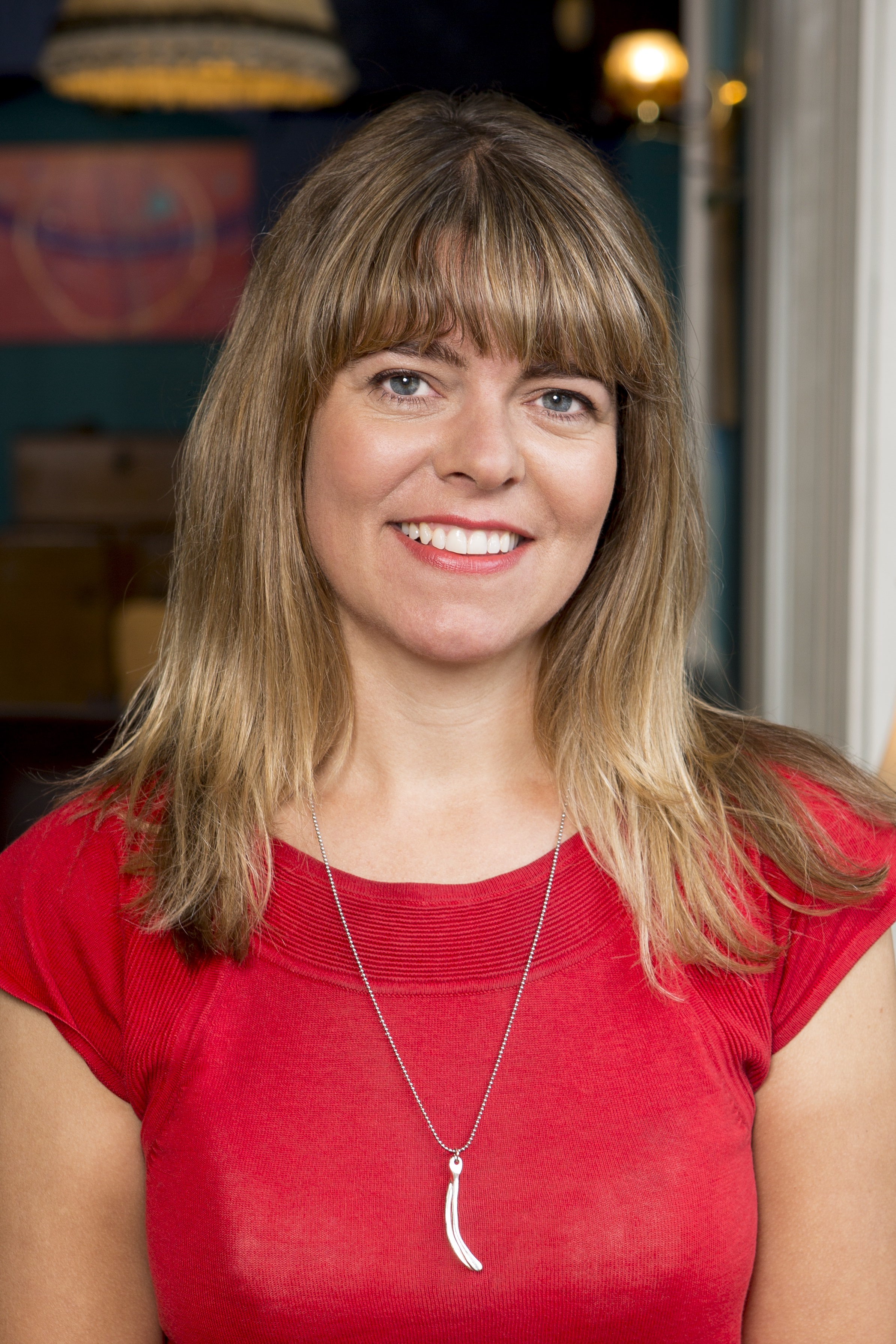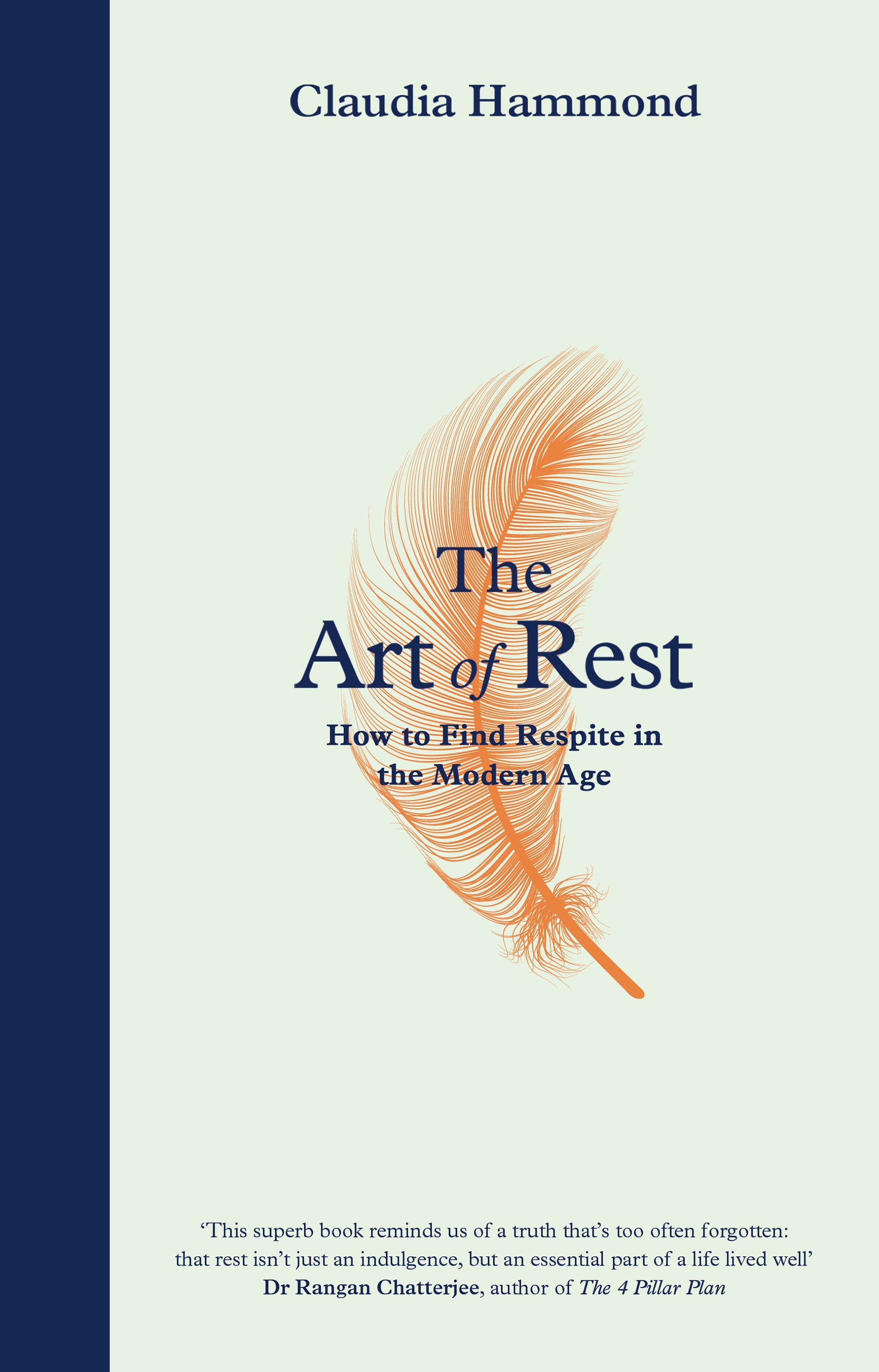
Today, being busy has become like a badge of honour. People want to say they’ve got a packed schedule – but when life is too hectic, they end up just doing too much and feeling exhausted.
Recognising the need to take time is the subject of a book, The Art Of Rest.
And author Claudia Hammond, who presents health programmes on Radio 4 and the BBC World Service, is on a mission to encourage us to slow down and take time out.
“Rest is not a luxury, it’s a necessity,” Claudia explained. “It’s essential. But many of us aren’t getting enough rest.
“We actually have more free time now than people did in the 1950s, but we somehow manage to fill it.”
In today’s society, people’s lives are frantic. We have mobile phones and laptops, which mean we can still be checking emails or answering calls into the night, long after we have left work.
In fact, switching off has never been more of a challenge.
However, Claudia is hopeful her book can change the way we think about rest.
“Today, rest doesn’t get taken too seriously,” she said. “It’s what we do when everything else is done.
“It’s no surprise that sleep has been taken more seriously recently, now that it has been recognised how much of an impact it has on our health. But rest is the next thing we should look at. Much of value has been written about sleep, but rest is not the same thing. It is how we unwind, calm our minds and recharge our bodies.
“And how much rest you get is directly linked to your sense of wellbeing.”
The Art Of Rest includes groundbreaking research Claudia collaborated on – The Rest Test.
Conducted in 2016, it was the largest global survey into rest ever undertaken, completed by 18,000 people across 135 different countries.
The survey looked at what rest meant to people, how they rested and whether they would like more rest.
After being involved in the project, Claudia, 48, wanted to take a further look into how we can get more rest, and how people pick restful activities. The Art Of Rest charts her findings.
“Rest means different things to different people,” she said. “For some, it’s sitting doing nothing and just letting the mind wander, whereas for others its reading, watching TV or even something more active, like running.”
Counting down through the top 10 activities people find most restful, Claudia explains why rest matters, examines the science behind the results to establish what really works and offers a road map for a new, more restful and balanced life.
“I think the aim is to encourage people to think about rest – and try to incorporate getting more into their lives,” she said.
“One of the first things we need to do is give ourselves permission to rest.
“Prescribe yourself 15 minutes of your favourite restful activity every day.
“I do it with gardening. I only have to be out there for two minutes and I can already feel my mind clearing.
“Even unplanned rest is good.
“If someone said to you take 10 minutes out to watch the world go by, you would think that was great, but if you find yourself stuck in a queue or waiting for a train for 10 minutes, it’s frustrating. It’s a question of noticing these moments.
“You need to get into the mindset of realising if you have spare time, use it to rest.”
Claudia suggests scheduling rest into your diary, as well as appointments.
“Instead of thinking ‘I’ll go on holiday when I can fit it in’, book a holiday and then work around it,” she said.
“And accept that to-do lists will never end.
“Even if you get everything done, there will be something else tomorrow.”
Claudia added: “As with everything, there are benefits and pitfalls.
“You can ‘not have enough’ rest, but also have too much and get bored. It’s all about moderation.”
Claudia confesses writing a book about rest wasn’t very restful at all, but she hopes it can make more people pause for thought and make a change.
“Hopefully it will put rest on people’s agenda.
“But, failing that, if they read it at least they have taken some time out from the world and made a start!”
Prescription for peace
Make sure you rest enough
Just as you might take note of the number of hours of sleep you get, you should count how many hours of rest you get. The people with the highest level of wellbeing in the Rest Test were resting between five and six hours a day.
Pick the right ingredients
Take a break from other people, allow your mind to wander, be distracted from your worries and give yourself permission not to achieve anything in particular.
Give yourself permission to rest
Allow yourself a break when you’re tired. If you can arrange to start the day with a rest, otherwise known as a lie-in, then do.
When you feel stressed, prescribe yourself 15 minutes of your favourite restful activity
Is there and activity which instantly transports you away from worries? Whether it’s reading, music, pottering in the garden…find something that calms you and make time for it.
Keep an eye out for resting when you don’t realise it
Appreciate those spare moments. Yes, potter if you want or do nothing in particular – but appreciate the restful nature of that pottering and loafing. Note it, value it.
Reframe your wasted time as rest
Instead of spending those ten minutes inbetween meetings checking emails, do nothing or go for a stroll.
Stop fetishising busyness
Drop activities you are too busy to fit in – and accept your to-do list will never end.
Just say no
Don’t feel bad about turning down invitations so you can have time to yourself.
Put breaks in your diary as well as appointments
Schedule some downtime and take a lunch break instead of eating at your desk. It will increase your productivity.
Add small, restful moments to your life
Have a bath instead of a shower, return to your school days and daydream and doodle.
Create a box of rest
A book of short stories, a music play list, running shoes or a crochet hook… whatever your restful activity, having a box to pull out might be the way to make time for it.
The Art Of Rest, published by Canongate, is out now

Enjoy the convenience of having The Sunday Post delivered as a digital ePaper straight to your smartphone, tablet or computer.
Subscribe for only £5.49 a month and enjoy all the benefits of the printed paper as a digital replica.
Subscribe
